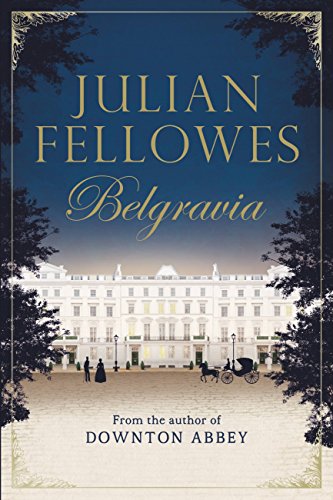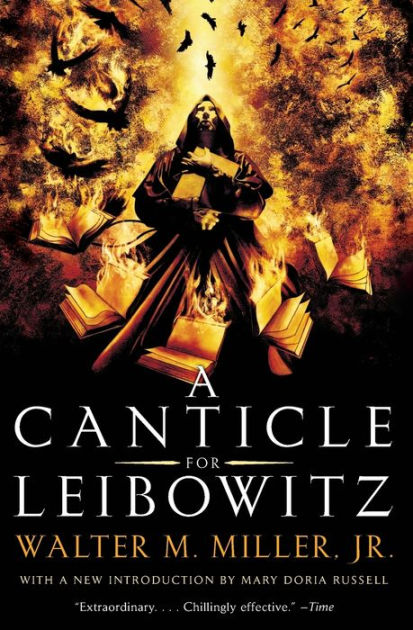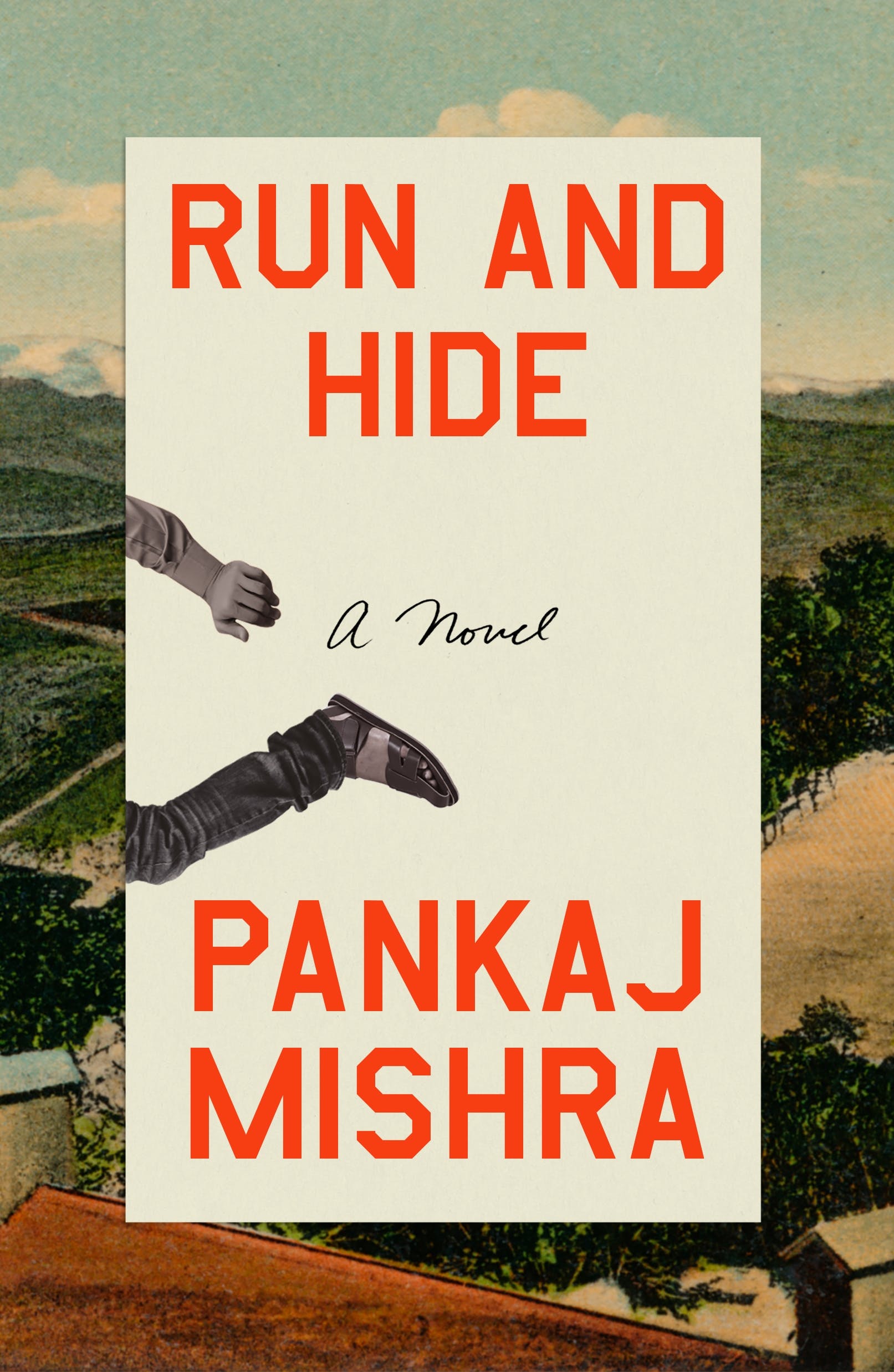
In all six seasons of Downton Abbey on PBS, I don’t recall a single upper-class character who could fairly be described as nasty. Julian Fellowes, who created and wrote all of the series, served up aristocratic characters who most reasonable people would call “nice.” However, perhaps because of the skill the actors brought to their roles, they were essentially believable. In the context of the time portrayed in the series (1912-1925), each acted out in ways that fit the circumstances. (There were exceptions among the servants downstairs.) By contrast, Fellowes’ third novel, Belgravia, is peopled with characters who are either consistently “good” and others who are unfailingly “bad.” Compared to the celebrated television series, Belgravia is cartoonish.
Estimated reading time: 3 minutes
The novel opens in Brussels in June 1815. At a ball held by the Duchess of Richmond, English nobility and senior officers in the British Army mingle with the few others fortunate to attend. Among them is the Trenchard family, James, his wife Anne, and their young daughter Sophia. Though he rose from poverty, James is now the chief supplier to the Duke of Wellington’s forces and is a favorite of his. Sophia is desperately in love with one of the Duke’s officers, Lord Bellasis, an aristocratic young captain. They sneak off together. Then a messenger comes rushing in to inform the Duke that Napoleon’s army is nearing the outskirts of the city. The Battle of Waterloo is about to begin. In it, the British army will lose a great number of its officers. The young captain is among those who are killed.
Belgravia by Julian Fellowes ★★★☆☆
The scene shifts to London in 1841, the fourth year of the reign of Queen Victoria. James has grown very wealthy through shrewd investments in property development. His partners have erected new buildings on large stretches of the city, including magnificent new homes on Belgrave Square and in surrounding Belgravia. Victorian England is in full flower.
Soon we learn that James and Anne’s daughter, Sophia, died shortly after giving birth to Lord Bellasis’ son. The plot turns on this fact. Fellowes’ novel depicts the extraordinary efforts that James and Anne make to conceal the fact that they have a grandson. Once Lord Bellasis’ mother, Lady Brockenhurst, learns about her grandson, she goes to extreme lengths to conceal his relationship to her family, too. This is the secret at the heart of the novel. Keeping that secret results in a cascade of unfortunate circumstances that could only have unfolded in Victorian England, where appearances seemed so much more important than reality.
The story is engaging enough, but it hinges on the antics of two extremely unpleasant young men and one unpleasant young woman. All grew up wealthy and privileged. All three are greedy, self-centered, and calculating. They come straight out of the world of melodrama: each would qualify as evil in another context. Perhaps melodrama reflected reality in Victorian England. But I expected more from Julian Fellowes. I’m a fan of historical fiction. But this novel doesn’t make the grade.
For related reading
If you enjoy reading history in fictional form, check out 20 most enlightening historical novels. And if you’re looking for exciting historical novels, check out Top 10 historical mysteries and thrillers.
You might also be interested in Top 10 great popular novels.
And you can always find my most popular reviews, and the most recent ones, on the Home Page.




























Thanks for saving me from reading it.